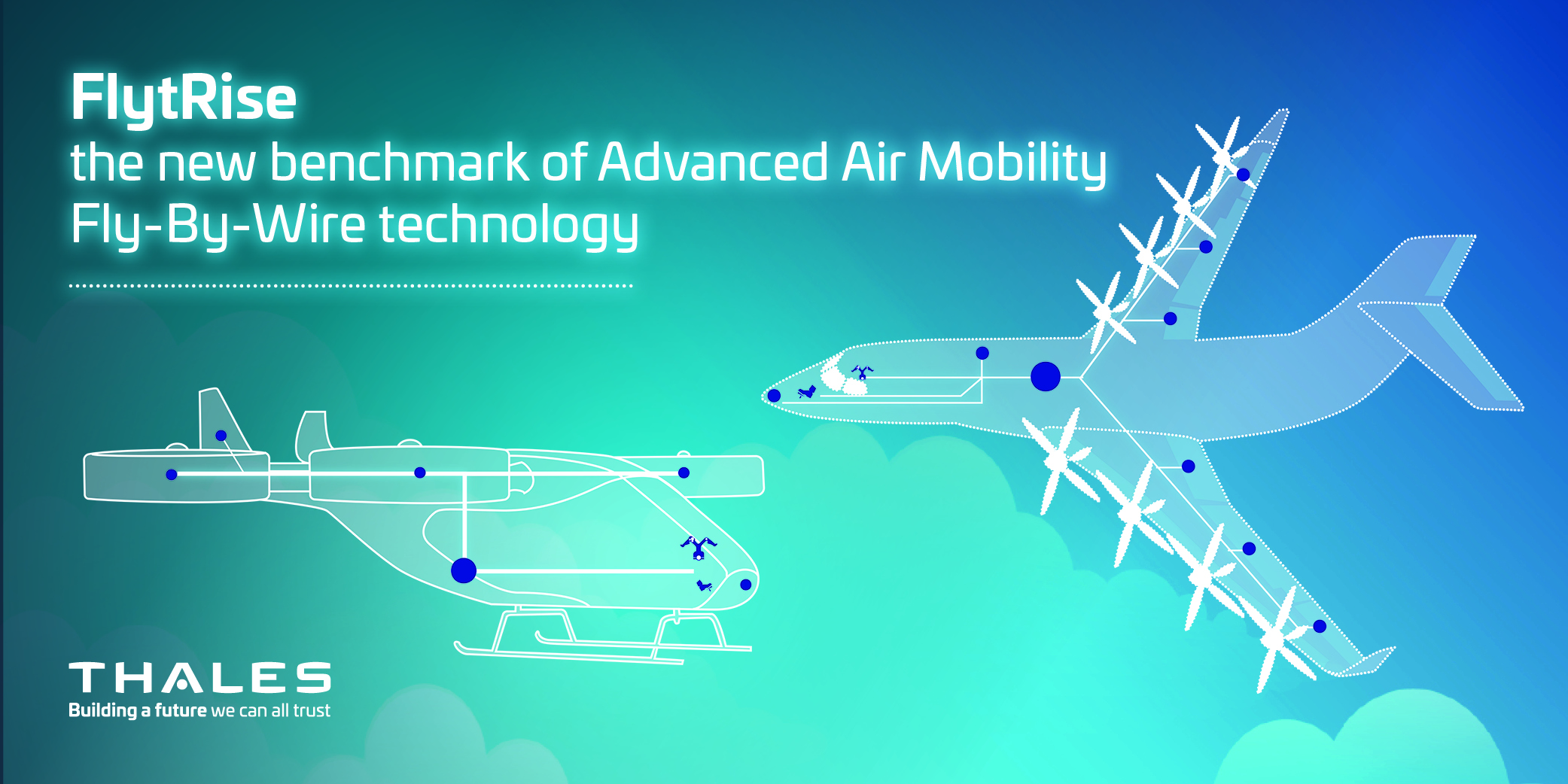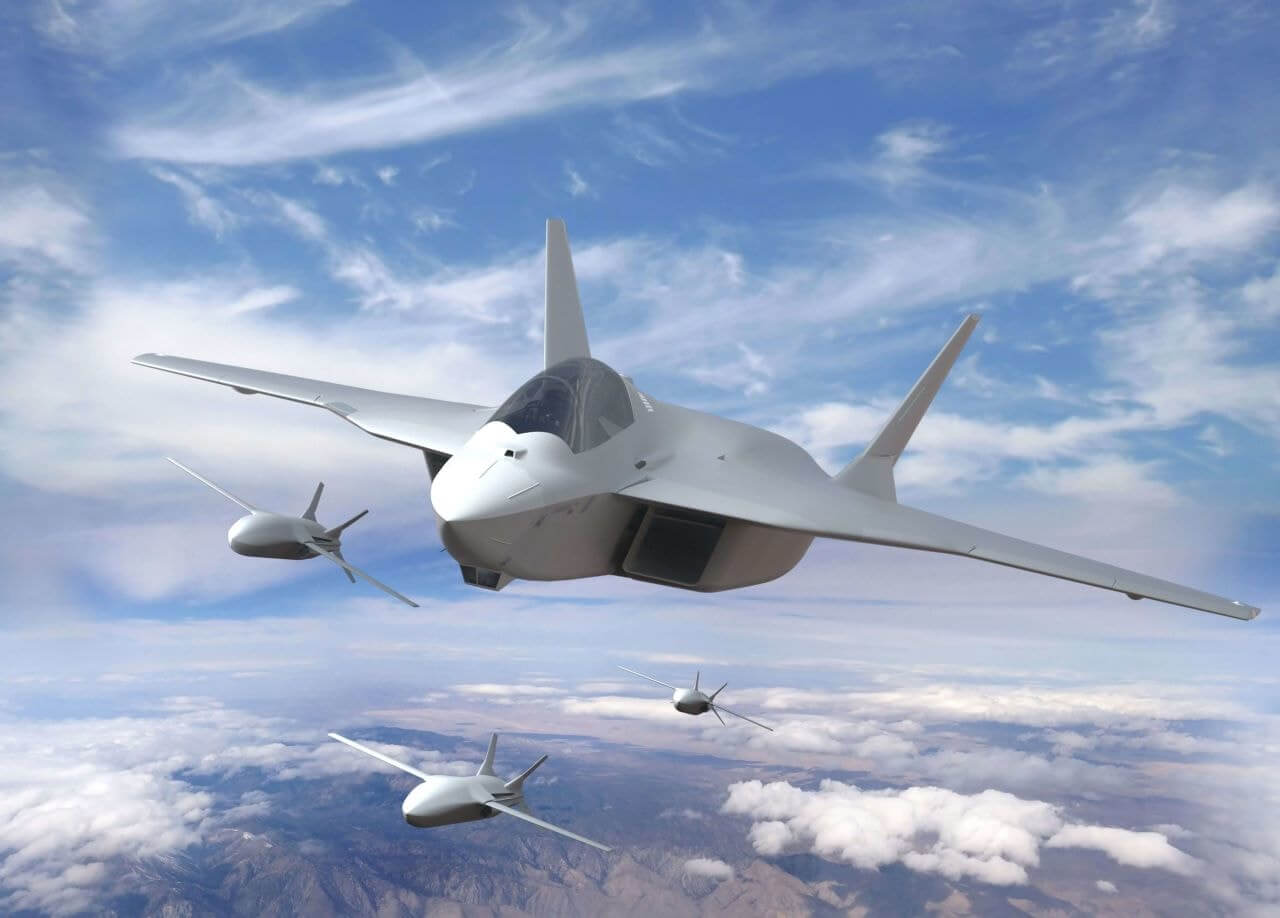Airplane Control Surfaces - We and our partners use cookies to store and/or access information from a device. We and our partners use data for personalized ads and content, ad and content measurement, audience information, and product development. An example of data that is processed may be a unique identifier stored in cookies. Some of our partners may process your data as part of their legitimate business interest without asking permission. To view the purposes for which we believe they have a legitimate interest or to object to this data processing, please use the link below for a list of providers. The consent given will only be used for the processing of data from this website. If you wish to change your settings or withdraw your consent at any time, the link to do so is in our Privacy Policy available on our home page.
The purpose of flight controls is to allow the pilot to control and control the aircraft from the time it begins the take-off roll until it lands and comes to a safe stop. Flight controls are usually associated with the wing and the vertical and horizontal stabilizers, as these are the parts of the aircraft that the flight controls are most often associated with. In flight and to some extent on the ground, flight control gives the aircraft the ability to move around one or more of three axes. Flight controls work by changing the shape or aerodynamic characteristics of the surface to which they are attached.
Airplane Control Surfaces

Flight Controls and Lateral Axis The lateral axis of an airplane is a line that runs down the wing, from wingtip to wingtip, through the center of gravity of the airplane. Movement about this axis is called pitch, and control about this axis is called longitudinal control. The flight controls that handle this function are the elevators attached to the horizontal stabilizer, a fully movable horizontal stabilizer, or on a V-tail configured airplane, are called rudders. An elevator on a Cessna 182 can be seen in Figure 1. In Figure 2, a fully movable horizontal stabilizer, known as a stabilizer, can be seen on a Piper Cherokee Cruiser PA-28-140, and Figure 3 shows a radar. Beech Craft Bonanza.
Reduction Of Hinge Moments Of Airplane Control Surfaces By Tabs
Figure 2. The movable horizontal stabilizer, known as the stabilizer, provides pitch control on the Piper Cherokee Cruiser PA-28-140
Depending on the aircraft under discussion, movement about the lateral axis results from moving the pilot's control wheel or yoke, the control stick, or in some aircraft, a side stick. On the airplanes shown in Figures 6 and 7, a control wheel or yoke is used.
On the Cessna 182 shown in Figure 1, pulling back on the control wheel causes the leading edge of the elevator to deflect upward, causing a downward force that raises the nose of the airplane. Movement of the elevator causes the nose of the aircraft to move up or down by rotating about the lateral axis. The Cessna 182 control wheel can be seen in Figure 4.
On the Piper Cherokee Cruiser PA-28-140 shown in Figure 2, pulling back on the control wheel causes the entire horizontal plane, or stabilator, to move, turning the trailing edge up. The anti-servo tab seen on the Cherokee provides a sense of control similar to what one would experience in elevator motion. Without this tab, the stabilizer can be moved much easier and a pilot can control the airplane more.
Do Airplanes Use Hydraulics?
The rudders shown on the Beechcraft Bonanza in Fig. 3 are also moved by the control wheel, the rudders behind them being turned upwards when the control wheel is pulled back. As the name suggests, these surfaces also act as a rudder for this aircraft.
Flight Controls and Long Axis The long axis of an airplane extends from the center of the airplane, from nose to tail, passing through the center of gravity. Movement around this axis is known as roll and control around this axis is called lateral control. Movement around this axis is controlled by the ailerons, and on a jet transport aircraft, it is controlled by surfaces on the wing known as spoilers.
The pilot turning the steering wheel left or right causes the ailerons to move, just like turning the steering wheel on an automobile. [Figure 4] When a pilot turns the control wheel to the left, the airplane is said to turn left or bank. Turning the control wheel to the left causes the trailing edge of the left wing aileron to rise into the airflow and the right wing aileron to descend into the airflow. This increases lift on the right wing and decreases lift on the left wing, causing the right wing to lift and push the airplane to the left.

In Figure 5, an aircraft can be seen performing an aileron roll. Note that the left aileron is up and the right aileron is down, causing the airplane to rotate clockwise about the longitudinal axis.
Small Plane Tail Sections Showing The Elevator And Rudder Control Surfaces Stock Photo
Flight Controls and Vertical Axis The vertical axis of an airplane runs from top to bottom of the center of the airplane, passing through the center of gravity. Movement around this axis is known as rotation and control around this axis is called directional control. The movement of this axis is controlled by the rudder, or in the case of the Beechcraft Bonanza in Figure 3, by the rudder.
The pilot's feet are on the rudder pedals, and pressing the left or right rudder pedals causes the rudder to move left or right. The rear edge of the rudder moves to the right and the nose of the airplane rotates to the right when the right rudder pedal is depressed. The Cessna 182's rudder pedal can be seen in Figure 4.
Although an airplane's rudder will cause the nose to turn right or left, the rudder is not what turns the airplane. For what is called a coordinated turn, both ailerons and rudder come into play. Suppose we want to turn the plane to the right. We start by turning the control wheel to the right, which raises the right aileron and lowers the left aileron and initiates the bank turn. The increased lift on the left wing also increases the drag exerted on the left wing, which tends to roll the nose of the airplane to the left. To counteract this, when the control wheel is moved to the right, a small amount of right rudder is used to prevent the aircraft's nose from rotating to the left. Once the aircraft's nose is pointed in the correct direction, rudder pressure is no longer necessary. The rudder of a Piper Cherokee arrow can be seen in Figure 6.
TabsTrim Tabs Trim tabs are small movable surfaces attached to the back edge of the flying controls. These tabs can be controlled from the flight deck and their purpose is to create an aerodynamic force that keeps the flight controls in a rough position. Trim flaps can be mounted on any of the main flight controls.
File:control Surfaces At The Wing Of A Plane.svg
A very common flight control elevator to find equipped with a cutting board. To be stable in flight, most airplanes have a center of gravity opposite the center of lift on the wing. This causes a nose-heavy condition, which must be balanced by elevator and creates a downward force. To relieve the pilot of the need to maintain pressure on the control flow, an elevator trim flap can be adjusted to hold the elevator in a slightly retracted position. An elevator panel for the Cessna 182 is shown in Figure 7.
Some aircraft, such as the Piper Cherokee Arrow, do not have a fixed horizontal stabilizer and dynamic elevator. The Cherokee uses a horizontal moving surface known as a stabilizer. Because of the location of the pivot point for this moving surface, it is highly sensitive to pilot input. To reduce sensitivity, a full-length anti-servo clip is installed on the trailing edge of the stabilizer. As the stabilizer trailing edge moves down, the anti-servo lug moves down and creates a force that tends to raise the trailing edge. By acting against stabilizer motion with this force, it reduces sensitivity to pilot input. The anti-servo tab on the Piper Cherokee arrow is shown in Figure 6.
Balance tab On some aircraft, the force required to move the flight controls may be excessive. In these cases, a balance tab can be used to generate a force that helps move the flight controls. Just opposite the anti-servo flaps, the balance clamps move the flight controls in the opposite direction to the trailing edge, providing a force that helps move the flight controls.

Servo TabOn large aircraft because force is required to move the flight controls
Unmanned Aircraft Automatic Flight Control Algorithm In A Spin Maneuver
Control surfaces on an airplane, airplane surfaces, remote control jet airplane, remote control airplane tug, best remote control airplane, radio control airplane kits, best control surfaces, remote control paper airplane, avid control surfaces, what are the control surfaces of an airplane, airplane control surfaces animation, electric remote control airplane
